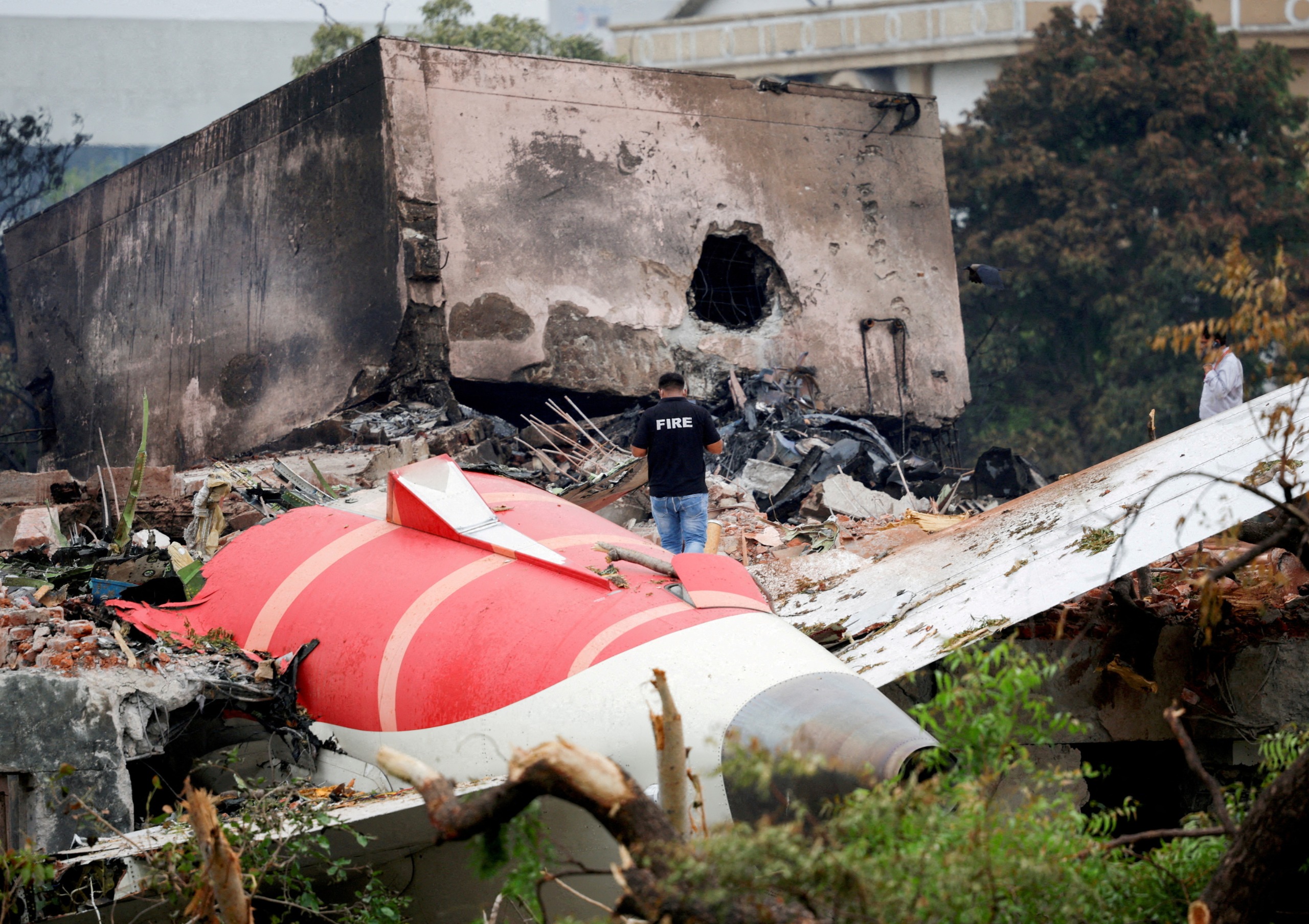
New Delhi:
The US Federal Aviation Administration (FAA) and Boeing have stated that the fuel switch locking systems in Boeing aircraft, including the Dreamliner involved in the fatal Air India Flight 171 crash, are safe and do not warrant further regulatory action. Their responses follow the preliminary report from India’s Aircraft Accident Investigation Bureau (AAIB) that raised concerns over a possible engine shutdown caused by accidental activation of the fuel control switches shortly after takeoff.
According to a Reuters report, the FAA issued a Continued Airworthiness Notification on 11 July to global civil aviation authorities, clarifying that while the fuel control switch design, including the locking feature, is consistent across several Boeing aircraft models, it does not constitute an “unsafe condition” requiring an Airworthiness Directive (AD). Boeing echoed this stance in a communication to multiple airline operators.
The AAIB report, which investigates the 12 June crash of Flight AI171 operating a Boeing 787-8 aircraft, referred to a 2018 FAA Special Airworthiness Information Bulletin (SAIB). The advisory had recommended, but not mandated, carriers inspect the locking mechanism of fuel control switches to prevent unintended engagement. The report also revealed that Air India did not carry out these inspections since the 2018 bulletin was not compulsory.
“The airworthiness concern was not considered an unsafe condition that would warrant an AD,” the AAIB stated. Maintenance records show that the aircraft’s throttle control module, which houses the fuel switches, had been replaced in 2019 and again in 2023.
Fuel control switches are critical for managing the fuel supply to engines, particularly during start-up and shutdown. On the Boeing 787-8 Dreamliner, they are located beneath the thrust levers and are designed to prevent unintentional activation. However, flight data from AI171 showed that both switches shifted from ‘RUN’ to ‘CUTOFF’ just seconds after the aircraft reached an airspeed of 180 knots. This resulted in a sudden loss of engine thrust, causing the aircraft to crash within 32 seconds of takeoff, killing all 260 people on board.
A cockpit voice recording included in the report captured one pilot asking, “Why did you shut off the fuel?” to which the other responded, “I didn’t.” The switches were returned to the ‘RUN’ position after 14 seconds, initiating an automatic relight. However, both engines had already lost power, and recovery was not possible.
The Airline Pilots’ Association of India (ALPA) has called for a fair and transparent investigation. ALPA President Capt Sam Thomas said, “The tone and direction of the investigation suggest a bias toward pilot error. ALPA categorically rejects this presumption and insists on a fair, fact-based inquiry.” The association also demanded observer status in the ongoing probe.
The AAIB’s findings confirmed deployment of the Ram Air Turbine (RAT), a backup power system that activates when both engines fail. CCTV footage and technical checks ruled out any bird strikes. However, the reason behind the fuel switch movement remains unclear.